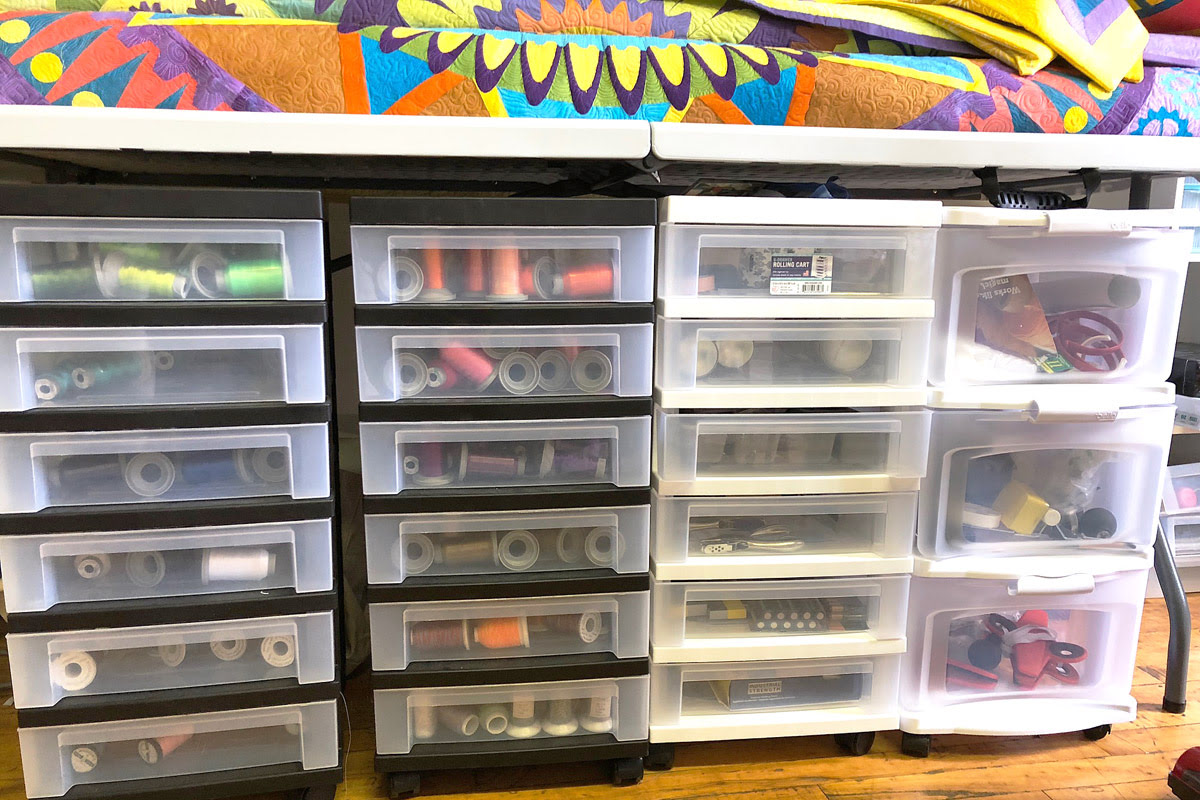

Articles
How To Store Sewing Supplies
Modified: April 23, 2024
Learn how to effectively store sewing supplies with our informative articles. Keep your materials organized and ready for your next project.
(Many of the links in this article redirect to a specific reviewed product. Your purchase of these products through affiliate links helps to generate commission for Storables.com, at no extra cost. Learn more)
Introduction
Welcome to the world of sewing! Whether you’re a beginner or an experienced seamstress, one thing is certain: having a well-organized sewing space can make all the difference in your crafting experience. It can help you save time, reduce frustration, and ensure that your precious sewing supplies are well-maintained and easily accessible.
In this article, we will explore some effective ways to store your sewing supplies, from fabrics and threads to patterns and sewing machines. We will also share some valuable tips on how to maintain and protect your sewing materials.
By following these storage techniques, you can create a functional and inspiring sewing area that will not only help you stay organized, but also make your sewing projects more enjoyable.
So, let’s dive in and discover the secrets to storing your sewing supplies like a pro!
Key Takeaways:
- Organizing sewing supplies is crucial for a smooth crafting experience. Categorize, declutter, and label your materials to create an efficient and enjoyable sewing space.
- Proper storage and maintenance of sewing supplies are essential. Choose the right containers, protect from sunlight and pests, and invest in functional storage solutions for a long-lasting crafting journey.
Read more: How To Store Sewing Patterns
Organizing Sewing Supplies
Before you start storing your sewing supplies, it’s essential to take some time to organize them. This will not only help you sort through your materials, but also make it easier to find what you need when you embark on your next sewing project.
Here are some tips to help you get started:
- Categorize your supplies: Begin by grouping your sewing supplies into different categories. For example, create sections for fabrics, threads, notions, patterns, and tools. This allows you to have a clear overview of what you have and makes it easier to store them accordingly.
- Sort and declutter: Once you have categorized your supplies, take the time to sort through each category. Get rid of any items that are old, worn-out, or that you no longer use. This will help free up space and streamline your sewing area.
- Consider frequency of use: When organizing your supplies, keep in mind how often you use each item. Place frequently used materials in easily accessible locations, while items that are used less often can be stored in less accessible areas.
- Label everything: Labeling is key when it comes to organizing your sewing supplies. Use clear, adhesive labels to mark the contents of each storage container. This will save you time and effort in the long run, as you won’t have to rummage through multiple containers to find what you need.
- Utilize storage solutions: Invest in storage solutions that are both functional and aesthetically pleasing. Plastic bins with lids, clear storage boxes, and stackable containers are great options for keeping your supplies tidy and protected from dust and moisture.
Remember, the key to organizing your sewing supplies is to create a system that works for you. Experiment with different storage methods until you find the one that suits your needs and style of sewing. This will make your crafting experience more efficient and enjoyable.
Choosing the Right Storage Containers
When it comes to storing your sewing supplies, choosing the right storage containers is crucial. The containers you select should not only provide adequate space, but also offer protection from dust, moisture, and any potential damage. Here are some factors to consider when selecting storage containers:
- Size and capacity: Determine the size and capacity of the containers based on the amount of supplies you have. It’s better to opt for slightly larger containers to allow for growth in your sewing collection.
- Material: Look for containers that are made of durable and moisture-resistant materials. Plastic containers with lids are a popular choice as they are lightweight, affordable, and offer good protection from dust and moisture.
- Transparency: Opt for transparent or semi-transparent containers whenever possible. This allows you to easily see the contents without having to open each container, saving you time and effort.
- Dividers and compartments: Consider using storage containers with dividers or compartments to keep different types of supplies organized and prevent them from getting tangled or mixed together.
- Accessibility: Choose containers that provide easy access to your supplies. This could mean opting for containers with hinged lids or removable tops, allowing you to quickly grab what you need without having to remove the entire lid.
- Stackability: If you have limited space, opt for containers that are stackable. This will maximize vertical storage and help keep your sewing area neat and organized.
Additionally, consider repurposing items you already have around the house. Shoe boxes, plastic bins, and storage baskets can be great alternatives for storing smaller sewing items such as buttons, zippers, and ribbons.
In the end, the choice of storage containers will depend on your personal preferences and the space available in your sewing area. Remember to keep your supplies well-organized and protected to ensure they remain in good condition for years to come.
Storing Fabrics
Fabrics are the foundation of any sewing project, so it’s important to properly store them to keep them in pristine condition. Here are some tips for storing your fabrics:
- Fold fabrics neatly: Start by folding your fabrics neatly to prevent creases and wrinkles. Avoid tight or uneven folds that can create permanent lines in the fabric.
- Sort fabrics by type: Categorize your fabrics by type, such as cotton, silk, or knits. This will make it easier to locate specific fabrics when needed.
- Use acid-free tissue paper: Place a layer of acid-free tissue paper between each fabric piece to provide an extra barrier of protection and prevent any color transfer between different fabrics.
- Avoid direct sunlight: Store fabrics in a location away from direct sunlight, as UV rays can cause fading and damage over time. Opt for a cool, dry area to maintain the quality of the fabrics.
- Consider fabric rolls or bolts: If you have larger quantities of fabric or prefer to keep them on display, consider investing in fabric rolls or bolts. These can be stored on shelves or racks and make it easier to view and access your fabric collection.
- Use breathable storage containers: While plastic bins are a common storage option, they may not be ideal for storing fabrics as they can trap moisture and potentially lead to mildew or mold. Instead, consider using breathable storage containers made of fabric or natural materials.
Remember to periodically inspect your stored fabrics for any signs of damage or pests. Taking proper care of your fabrics will not only preserve their quality but also ensure that they are ready to be used in your next sewing project.
Storing Thread and Notions
Thread and notions are essential elements in any sewing project, so it’s important to store them properly to keep them organized and in good condition. Here are some tips for storing your thread and notions:
- Separate by type and color: Sort your threads by type (e.g., cotton, polyester, silk) and then further separate them by color. This will make it easier to locate the thread you need for your projects.
- Use thread racks or organizers: Thread racks or organizers are ideal for keeping your spools of thread visible and accessible. Choose a rack that can hold a variety of spool sizes and provides enough space to prevent tangling.
- Store threads in clear containers: If you prefer to store your threads in containers, opt for clear boxes or drawers. This allows you to easily see the colors without having to open each container.
- Keep notions in compartmentalized containers: Use small, compartmentalized containers to store your sewing notions such as buttons, zippers, snaps, and pins. These containers help keep everything neatly organized and prevent small items from getting lost.
- Label containers: Label your thread and notions containers to quickly identify what’s inside. This will save you time and effort when searching for specific items for your sewing projects.
- Avoid direct sunlight and moisture: Like fabrics, thread and notions can be affected by sunlight and moisture. Store them in a cool, dry area away from direct sunlight to prevent fading and damage.
By following these storage techniques, you can ensure that your thread and notions are well-organized, easily accessible, and in optimal condition for your sewing projects.
Store sewing supplies in clear, stackable containers to easily see and access items. Use dividers or small containers within the larger one to keep items organized and prevent them from getting tangled.
Read more: How To Store Sewing Machine
Storing Patterns
Patterns are valuable assets in the world of sewing, as they provide the blueprint for creating beautiful garments and accessories. To protect these patterns and keep them organized, proper storage is essential. Here are some tips for storing your patterns:
- Use pattern envelopes or plastic sleeves: Patterns typically come in envelopes or plastic sleeves. Keep the patterns in these original packaging to protect them from dust and tears. If the envelopes are damaged, consider transferring the pattern pieces to new envelopes or plastic sleeves.
- Label the envelopes: Clearly label each pattern envelope with the name of the pattern, the size range, and any modifications or alterations you have made. This will make it easier to find the right pattern for your project.
- Organize patterns by type: Categorize your patterns by type, such as dresses, tops, skirts, or accessories. You can use file folders, magazine holders, or even binders with clear plastic pockets to keep the patterns organized.
- Store patterns vertically: Store your patterns vertically to prevent them from becoming misshapen or creased. This can be done by using file holders or magazine holders.
- Consider digital storage: If you prefer a more space-saving option, you can scan your paper patterns and store them digitally. This allows you to access your patterns from your computer or tablet, while also preserving the original patterns from wear and tear.
- Protect patterns from sunlight and moisture: Store your patterns in a cool, dry location away from direct sunlight to prevent fading and damage. You can also consider using moisture-absorbing packets to keep the patterns dry and free from moisture-related issues.
By storing your patterns properly, you can extend their lifespan and ensure that you have a well-organized collection to refer to for future sewing projects.
Storing Sewing Machines and Equipment
Your sewing machine and equipment are the backbone of your sewing endeavors, so it’s important to store them safely and properly when they’re not in use. Here are some tips for storing your sewing machines and equipment:
- Clean and maintain your sewing machine: Before storing your sewing machine, make sure to clean it thoroughly. Remove dust, lint, and any loose threads from the machine. Refer to the manufacturer’s instructions for proper cleaning techniques. Additionally, service your sewing machine regularly to keep it in optimal working condition.
- Use dust covers: When your sewing machine is not in use, protect it from dust and dirt by using a dust cover. Many sewing machines come with a protective cover, but if not, you can purchase one separately or make your own using a breathable fabric.
- Store sewing machines in a dry location: Sewing machines should be stored in a dry location to prevent any damage caused by moisture. Avoid basements, attics, or areas prone to high humidity levels. Instead, opt for a well-ventilated room or closet.
- Organize sewing machine accessories: Keep all sewing machine accessories, such as presser feet, bobbins, and needles, in one designated area. You can use small storage containers, drawer dividers, or even a hanging organizer to keep everything organized and easily accessible.
- Secure loose cords and foot pedals: Ensure that the cords and foot pedals of your sewing machine are neatly secured when not in use. You can use cord wraps or cable organizers to prevent tangling and tripping hazards.
- Consider storing machines in their original boxes: If you need to store your sewing machine for an extended period, consider using the original packaging. The box provides additional protection from dust and potential damage.
- Provide cushioning: If you’re stacking sewing machines or equipment on top of each other, place a layer of cushioning, such as bubble wrap or soft fabric, between them to prevent scratches and dents.
By following these storage tips, you can ensure that your sewing machines and equipment remain in good condition and are ready for your next sewing project.
Tips for Maintaining Sewing Supplies
Maintaining your sewing supplies is essential to ensure their longevity and optimal performance. By following these simple tips, you can keep your supplies in top shape:
- Keep your sewing area clean: Regularly clean and tidy up your sewing area to prevent dust, lint, and stray threads from accumulating on your supplies. This will not only keep your workspace organized, but also prevent debris from interfering with your sewing projects.
- Store items in a cool and dry environment: Keep your sewing supplies away from environments with high humidity levels or excessive heat. Moisture can damage fabrics, threads, and other materials. Store them in a cool and dry location to maintain their quality.
- Inspect and maintain tools and equipment: Regularly inspect your tools and equipment for any signs of wear or damage. Replace any worn-out or broken needles, scissors, or rulers. Lubricate your sewing machine as recommended by the manufacturer. Proper maintenance ensures that your tools and equipment perform optimally and last longer.
- Rotate your fabric stash: To prevent fabrics from deteriorating over time, rotate your fabric stash. Use older fabrics first to reduce the risk of them becoming discolored or losing their quality. This also allows you to keep track of the fabrics you have and prevents them from becoming forgotten or neglected.
- Avoid direct sunlight: Direct sunlight can fade and degrade fabrics and thread over time. Store your supplies away from windows or use curtains or blinds to block out harsh sunlight. If displaying fabrics, consider using UV-protective film on windows to minimize exposure.
- Protect against pests: Pests such as moths can damage fabrics and threads. Use mothballs, cedar chips, or lavender sachets in your storage containers to deter pests. Regularly check your supplies for any signs of infestation and take appropriate measures to address the issue.
- Organize and label: Continue to keep your supplies organized and labeled. Regularly reassess your storage system to ensure it still meets your needs and makes it easy for you to find and access your materials. This will save you time and frustration in the long run.
- Invest in proper storage solutions: Consider investing in storage solutions specifically designed for sewing supplies. This includes thread racks, bobbin organizers, and storage boxes with compartments. Having designated spaces for each item will help protect them and keep them easily accessible.
By implementing these tips, you can maintain the quality and functionality of your sewing supplies, allowing you to enjoy your crafting journey for years to come.
Conclusion
Organizing and maintaining your sewing supplies is an important aspect of your sewing journey. When your materials are well-organized, easily accessible, and properly stored, it enhances your overall sewing experience. It saves you time, reduces frustration, and ensures that your supplies remain in optimal condition.
In this article, we have explored various techniques for storing different types of sewing supplies, from fabrics and threads to patterns and sewing machines. By categorizing and sorting your supplies, using the right storage containers, and implementing proper maintenance practices, you can create a functional and inspiring sewing area.
Remember to keep your fabrics neat and protected, your threads and notions organized, your patterns safely stored, and your sewing machines and equipment well-maintained. Additionally, practicing good storage habits, such as keeping your supplies in a cool and dry environment, protecting them from direct sunlight, and regularly inspecting and cleaning them, will help preserve their quality and extend their lifespan.
By taking the time to store and maintain your sewing supplies, you can create an organized and efficient sewing space that inspires creativity and allows you to fully immerse yourself in your projects. So, start implementing these storage tips and enjoy a smoother and more enjoyable sewing experience!
Frequently Asked Questions about How To Store Sewing Supplies
Was this page helpful?
At Storables.com, we guarantee accurate and reliable information. Our content, validated by Expert Board Contributors, is crafted following stringent Editorial Policies. We're committed to providing you with well-researched, expert-backed insights for all your informational needs.
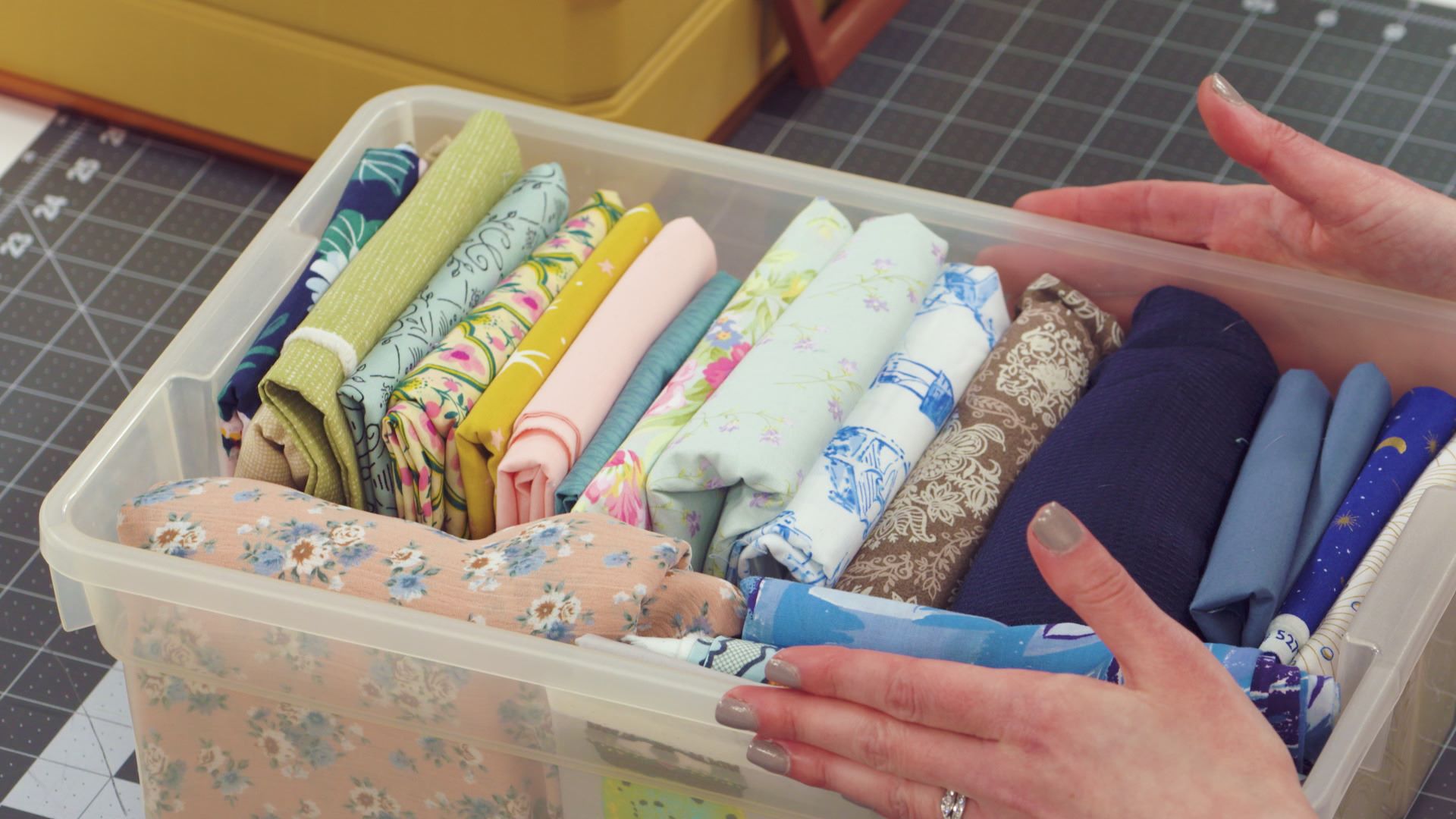
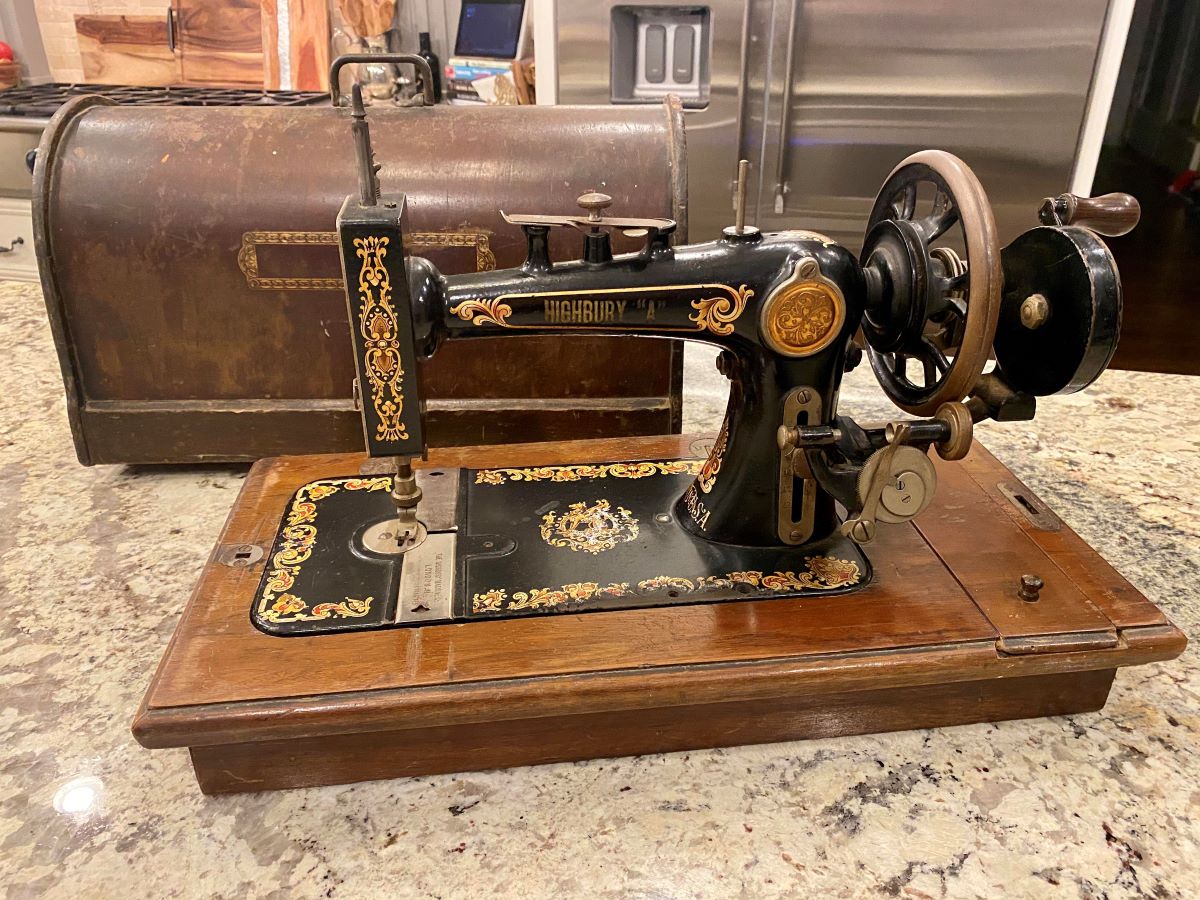
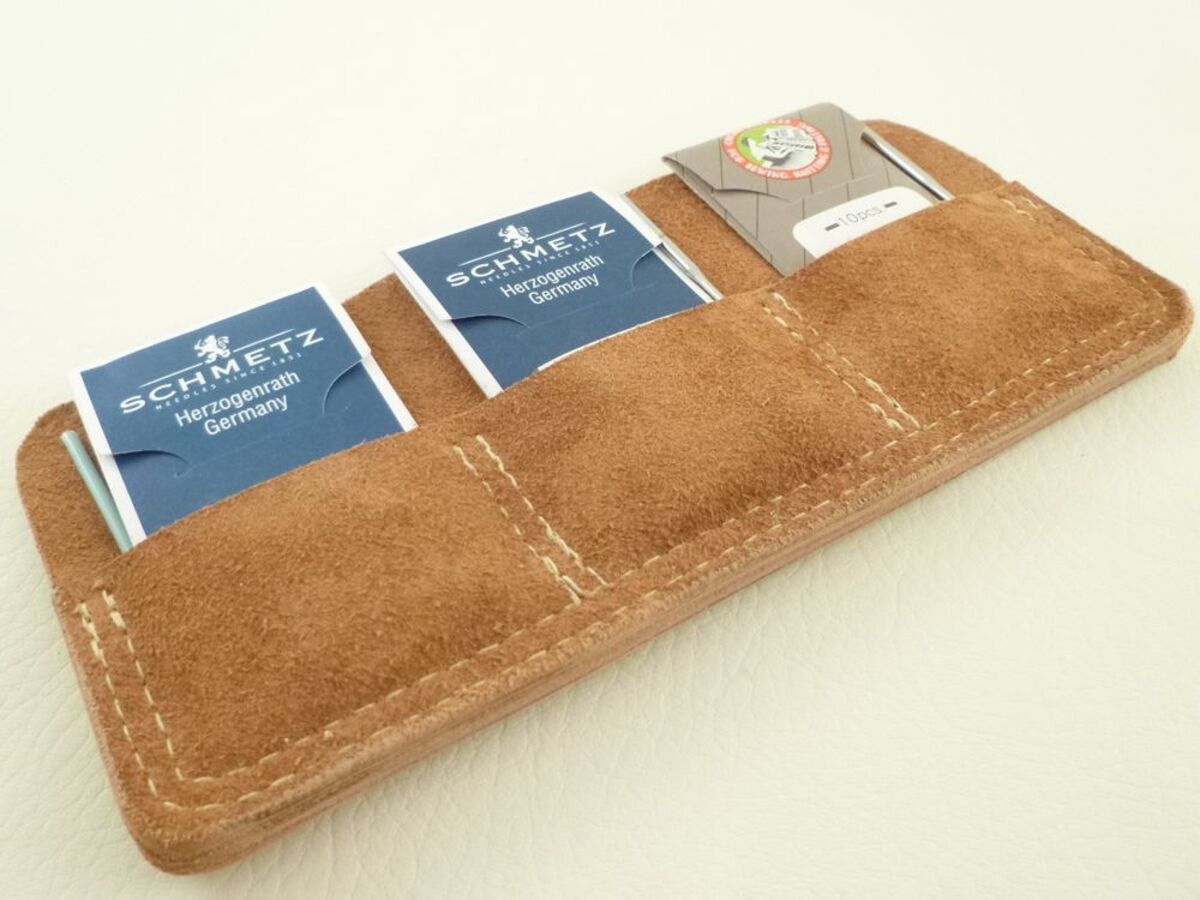
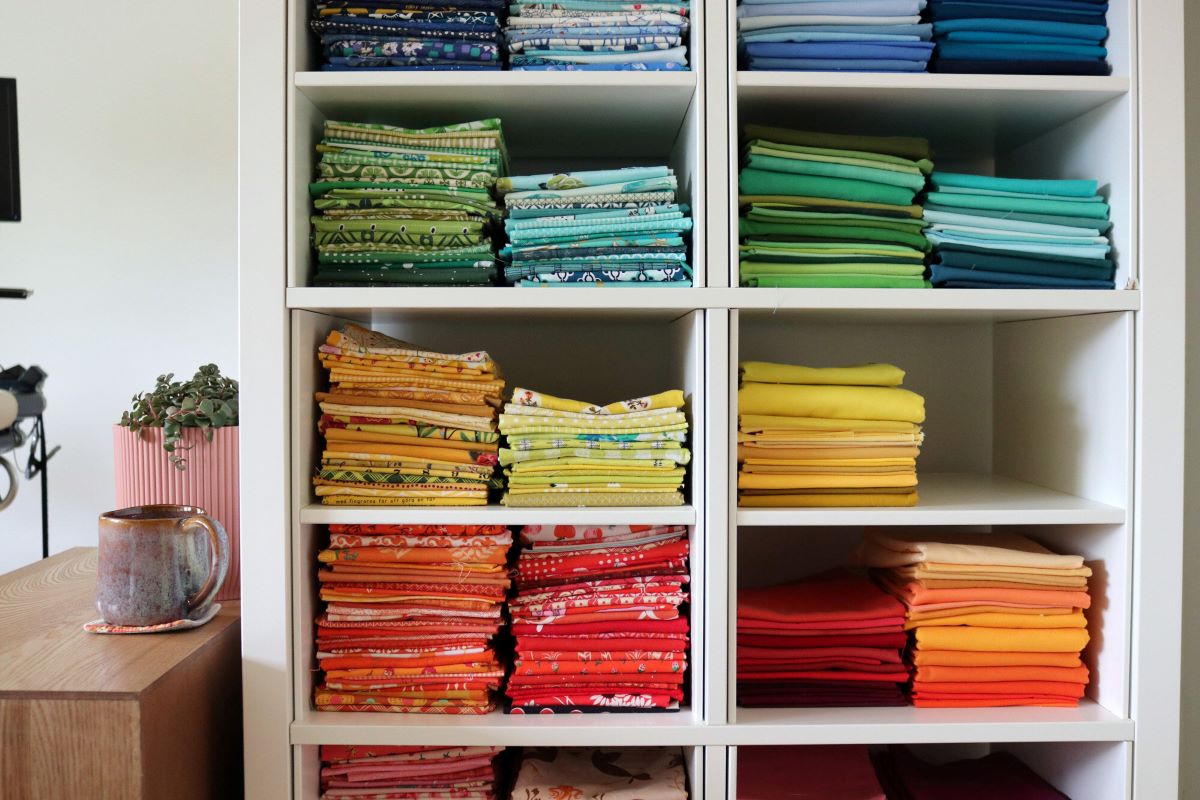
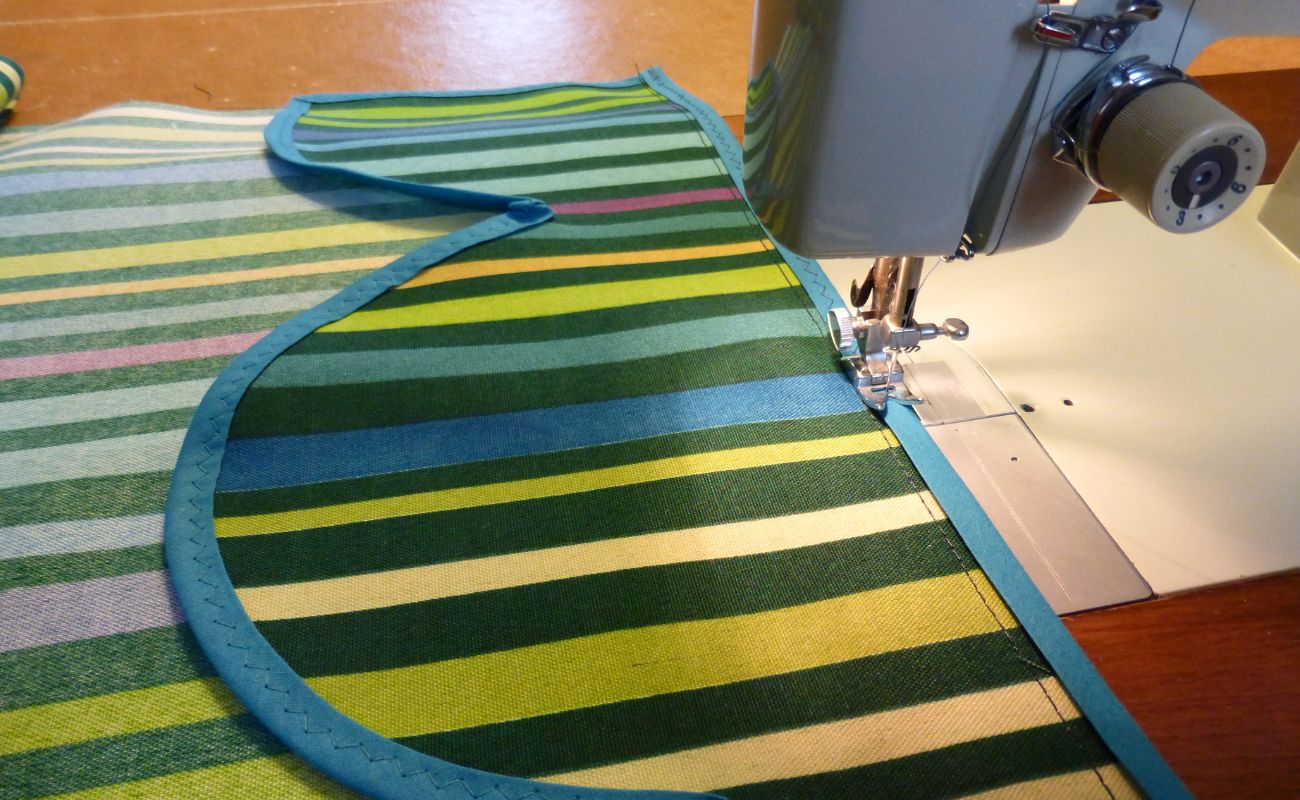
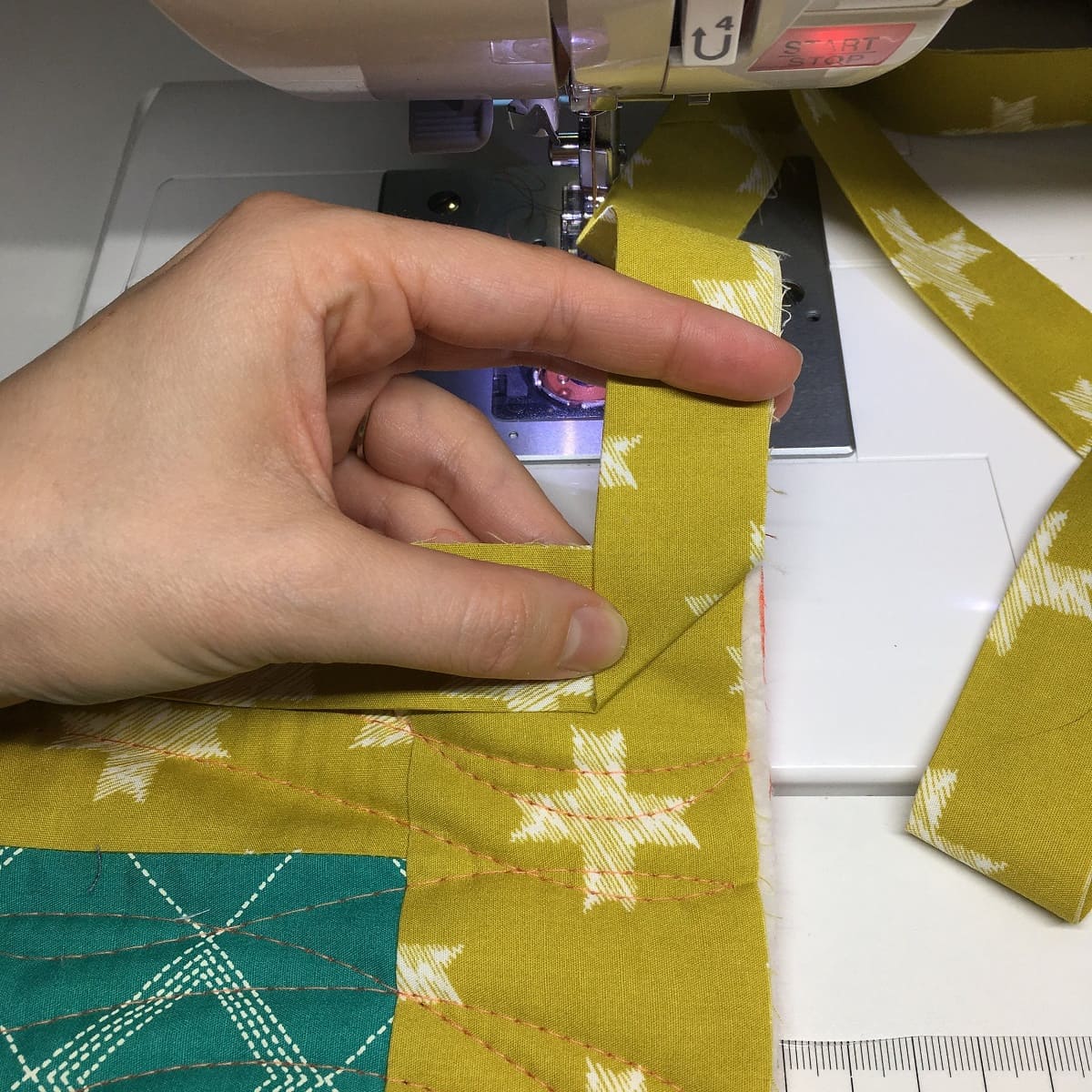
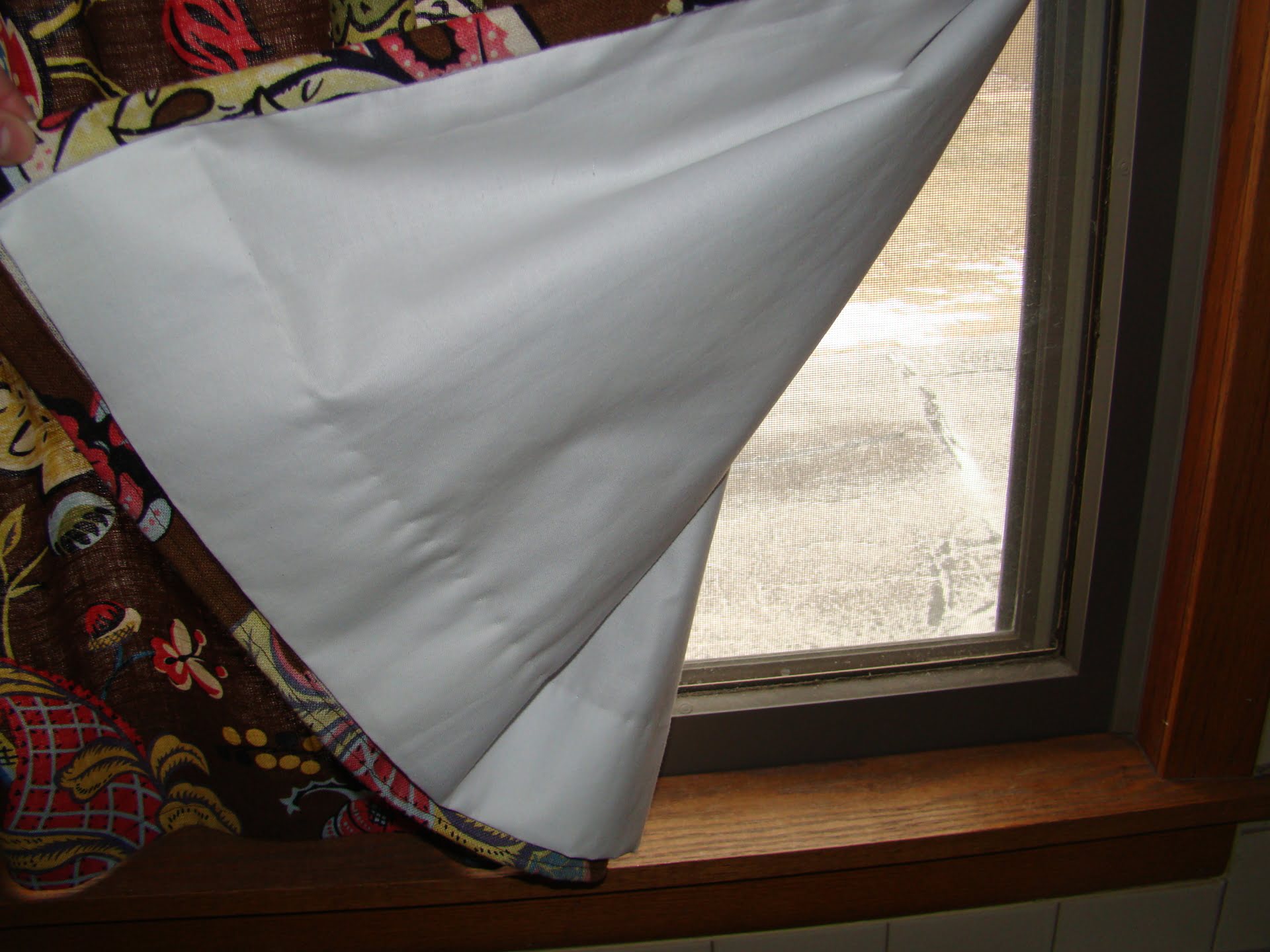
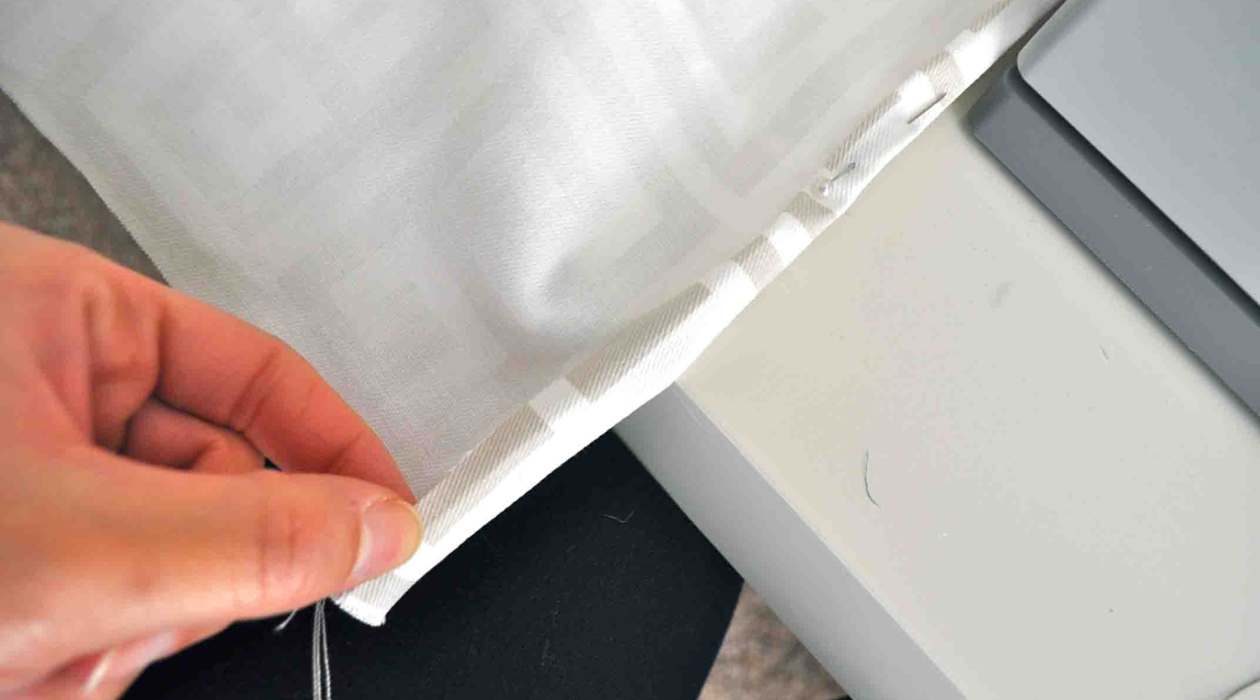
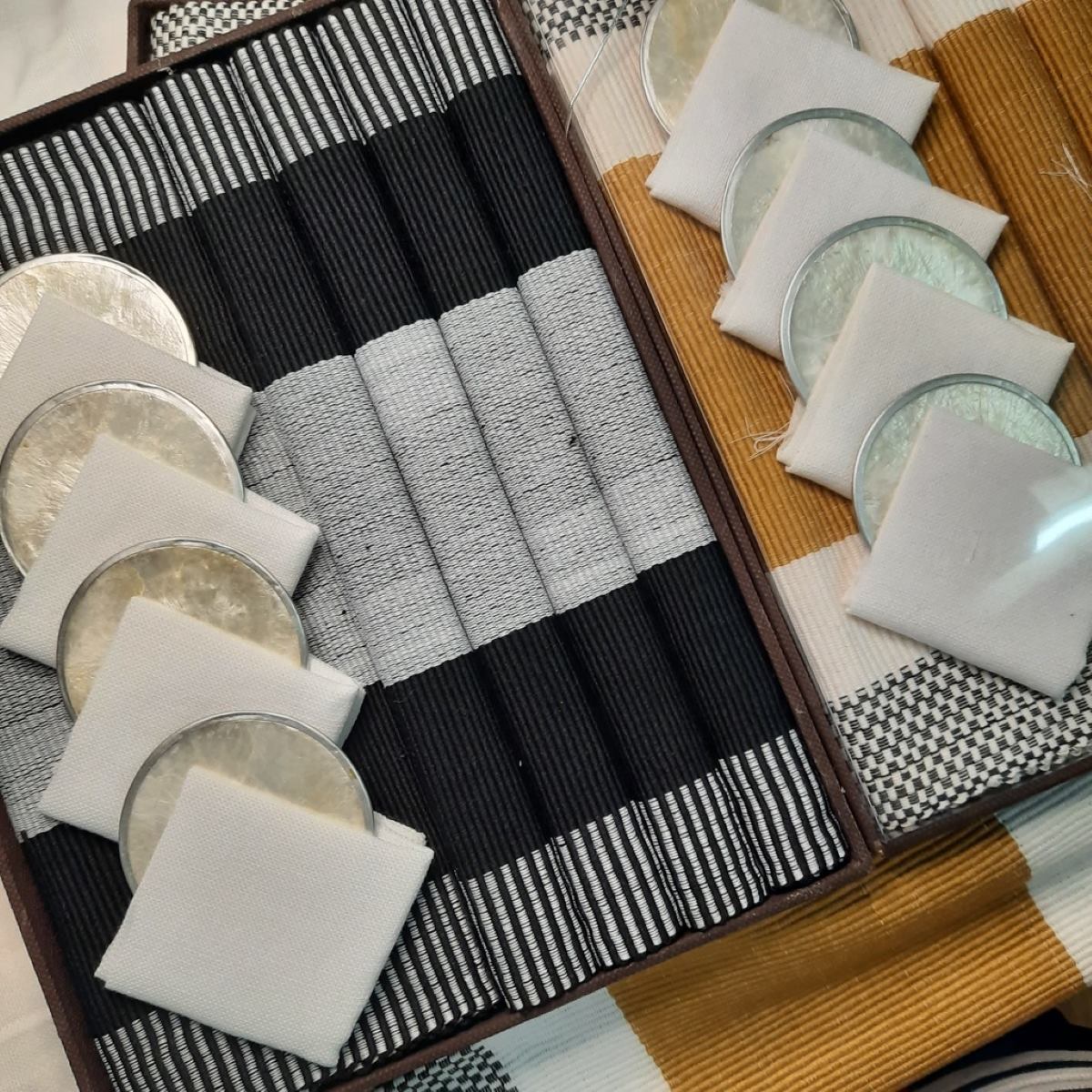
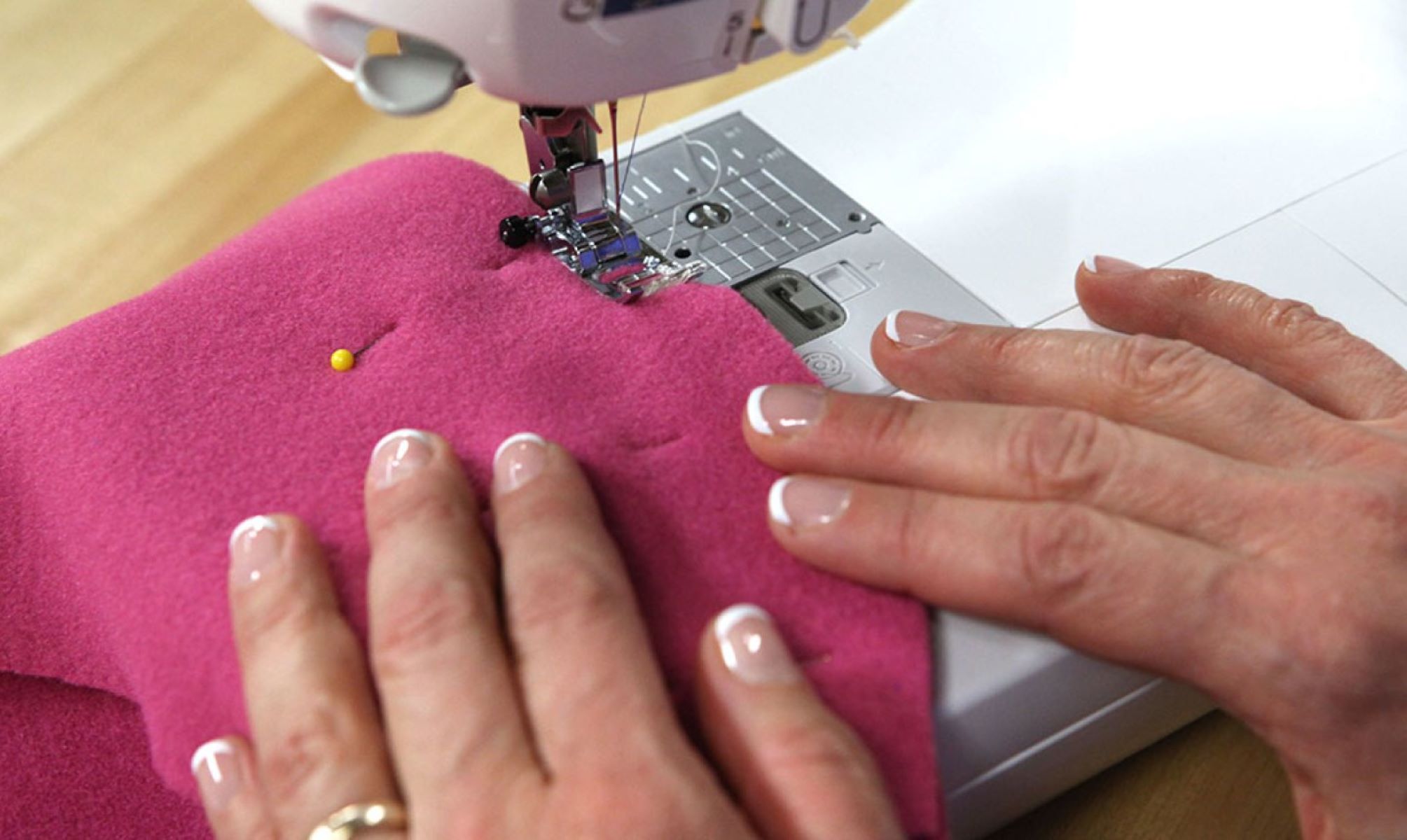

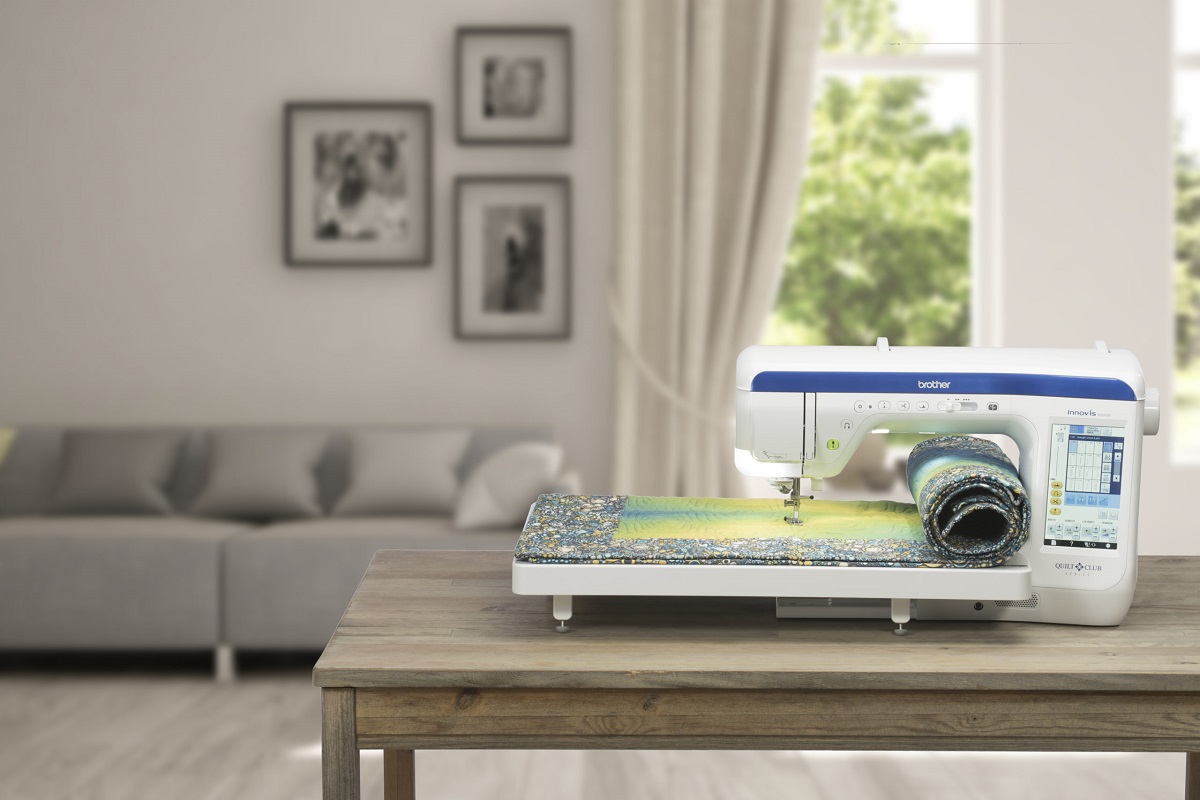
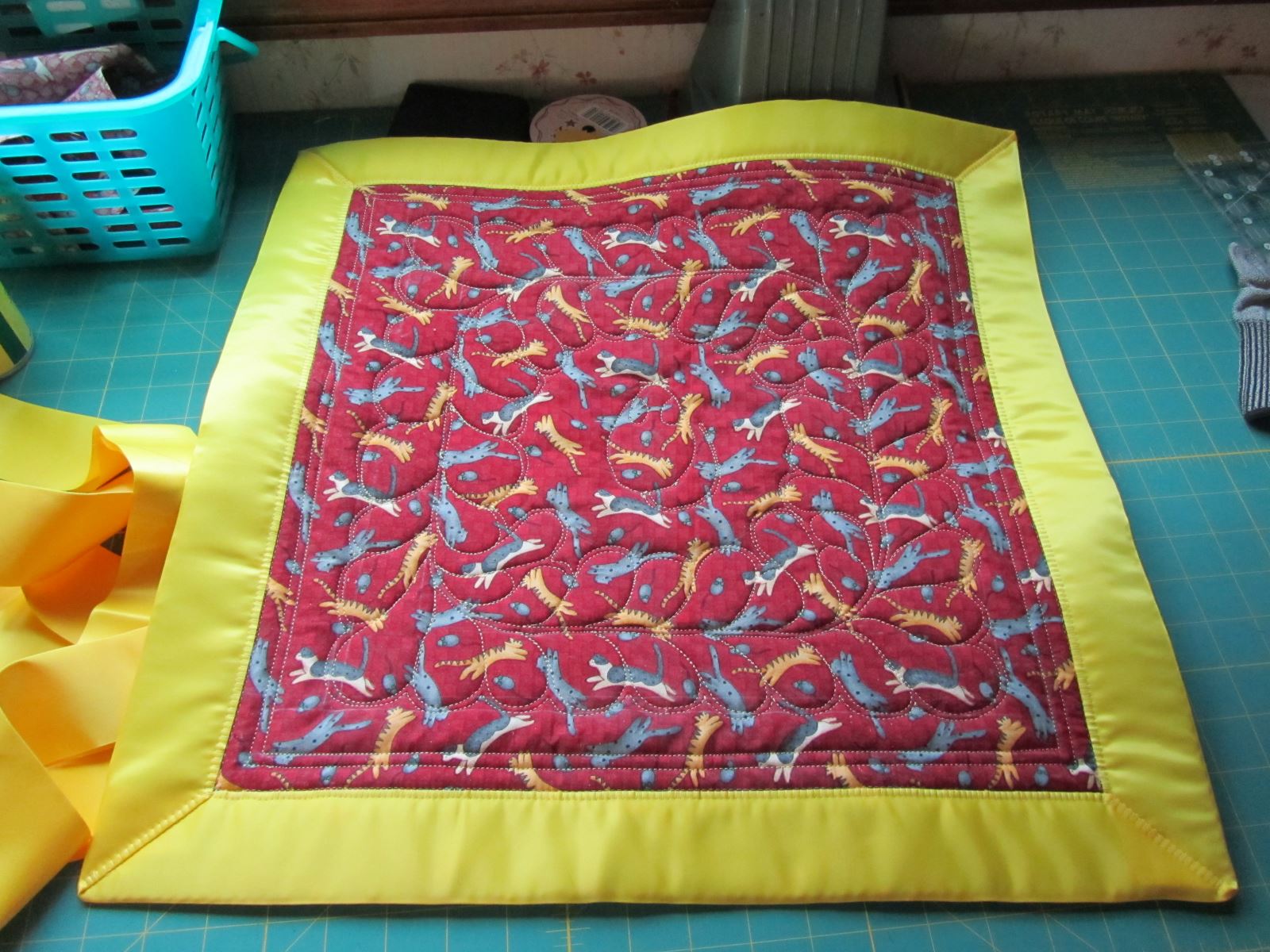
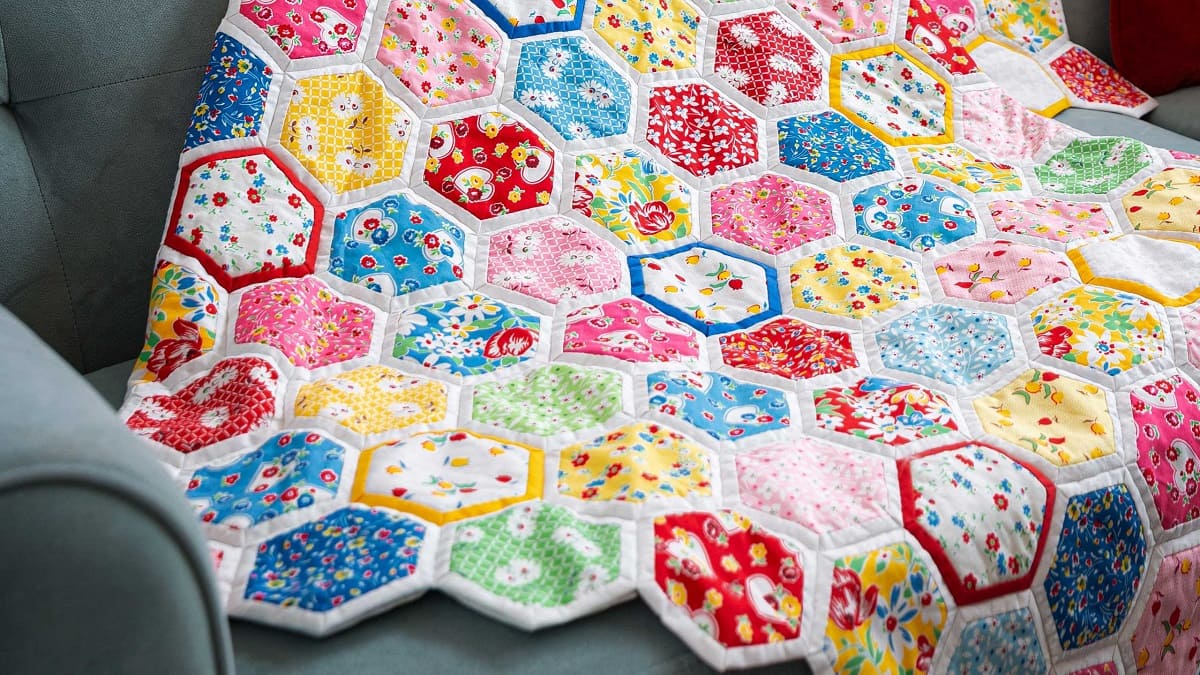

0 thoughts on “How To Store Sewing Supplies”